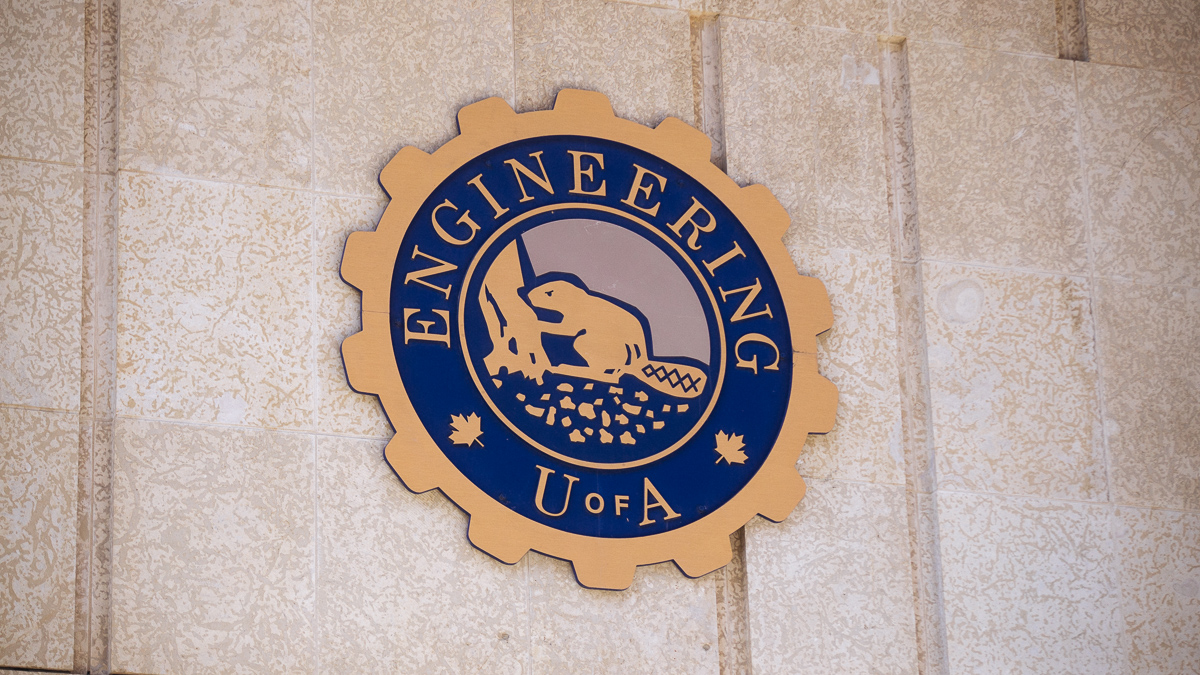From the Archives: U of A considering Internet classes
Internet classes weren't always so common
 Helen Zhang
Helen ZhangUniversity of Alberts students rely heavily on the Internet, especially considering the widespread use of eClass and MOOCs as teaching tools. It is near impossible to find a professor who doesn’t use any web-based teaching material. For many students, they cannot fathom the experience of not using any online tool to learn. Nowadays, the use of the Internet as a learning tool is a normalized aspect of education. Furthermore, degrees can be completed online, including graduate degrees.
However, the introduction of online classes sparked a new conversation. The Gateway revisited an article from January 11,
By: Jonathan Dunbar — The Gateway 1999-2000 News Staff
“According to the results of a government survey on student satisfaction at Alberta universities the University of Alberta is no longer the higher learning institution of choice in Alberta.
The survey states that of the students surveyed from the U of A, the University of Calgary, and the University of Lethbridge, only 83
In order to compete with the online university, administrators at the U of A are reviewing the possibilities of virtual classrooms.
Last Wednesday, Sir John Daniel gave a lecture on virtual universities. The former Athabasca University president praised the online virtues of virtual learning and lectured on the current ranking of the U of A. He warned that our university is in danger of becoming redundant for the students if we do not adopt an open university program for distance learning on the Internet.
Dean of Science Richard
Peter criticized Daniel’s insistence on using the virtual university only for distance learning, and that “not having our campus itself become a virtual learning center itself would be akin to a band-aid solution on the road to extinction.” He said that the U of A must strive to become a virtual learning center for all its students, to more closely resemble the “real world that the students will enter in the work world.”
Daniel says that virtual classrooms reduce the distance between students and professors, and “in an online seminar the students collectively have the microphone… for a much larger proportion of the time than they would in a classroom session.” He added that with Internet classrooms, “we can now be closer to research colleagues around the world than to colleagues in the same building.”
Peter pointed out that the University has already made progress in developing online classes. The U of A buys licensing rights to use WebCT online course tools for $5000 a year. Several classes have webpages and message boards, many classes offer lecture notes online, and some even use electronic assignment submissions through WebCT.
Peter remarked that all these aids have had no effect on classroom attendance.
He said that the main problem with current developments is the University is not equipped for easy access to web-based teaching materials and not all students have access to the Internet. Micheal Byrne, director of Computing and Network Services, says, “what we have in relation to online delivery has been remarkable… considering the (investment) resources we have had.”
Dean Peters says, “at the rate our campus is moving on this issue, by the time we get to the train station, not only will the train be gone, but the tracks might also be home as well.”




